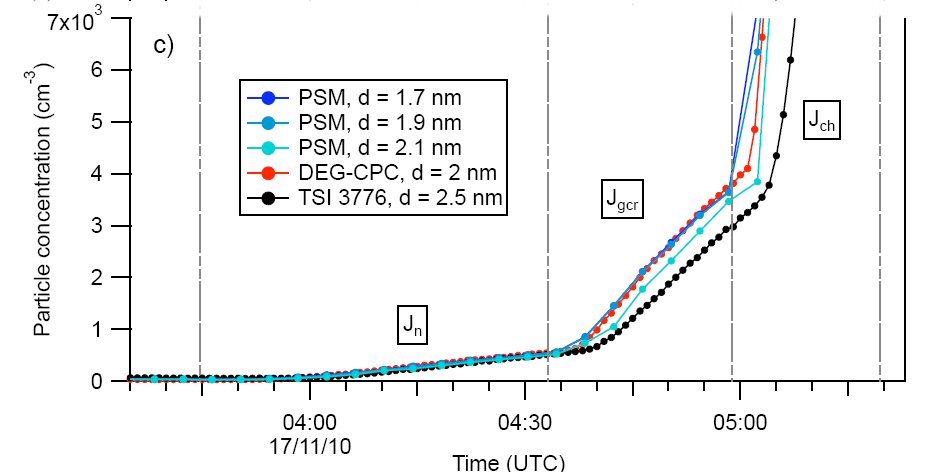Clouds are the issue in more than one facet of global warming. Apart from causing rain, clouds have two important effects: cooling and warming. Dr Roy Spencer, one of few scientists studying clouds, has said that a sustained change in cloud cover of just 1%, up or down, can cause a Medieval Warm Period or a Little Ice Age.
Cooling is achieved by reflecting back the heat from the sun; warming is done by keeping that heat in, like a blanket. I’m not an expert on clouds, but from my reading I’ve got the impression that low-level clouds usually cause cooling and high-level clouds usually keep the warmth in. I also think they might do both, at different times of the day.
For example, low clouds at night keep things warm — a clear sky means a cold night — while low clouds during the day reduce temperatures. We’ve all experienced the sudden cooling as a cloud moves across the sun on a hot day.
It’s a current and vexed question to discover just how these conflicting effects are influenced by increasing humidity, whether that acts to raise or to lower air temperatures and what the balance of the effects is around the world. As the global temperature rises (though I’m not suggesting that it is right now) more water evaporates. Where does the resulting water vapour go? What does it do? Are more clouds created, or fewer clouds? Do they warm or cool?
This post on Watts Up With That introduces and enhances a recent post on Climate Audit describing strong negative cloud feedbacks found by the Climate Process Team on Low-Latitude Cloud Feedbacks on Climate Sensitivity.
I especially like, as does Anthony Watts, the remarks of the first of Steve’s commenters, Willis Eschenbach:
Cloud positive feedback is one of the most foolish and anti-common sense claims of the models.
This is particularly true of cumulus and cumulonimbus, which increase with the temperature during the day, move huge amounts of energy from the surface aloft, reflect huge amounts of energy to space, and fade away and disappear at night.
I love the stunning picture of cumulonimbus on WUWT and the clarifying diagrams he gives to help us understand. Who can fail to notice that a cloud is not simply a cloud, but an ever-changing expression of shifting forces?
Richard Treadgold
Views: 335



